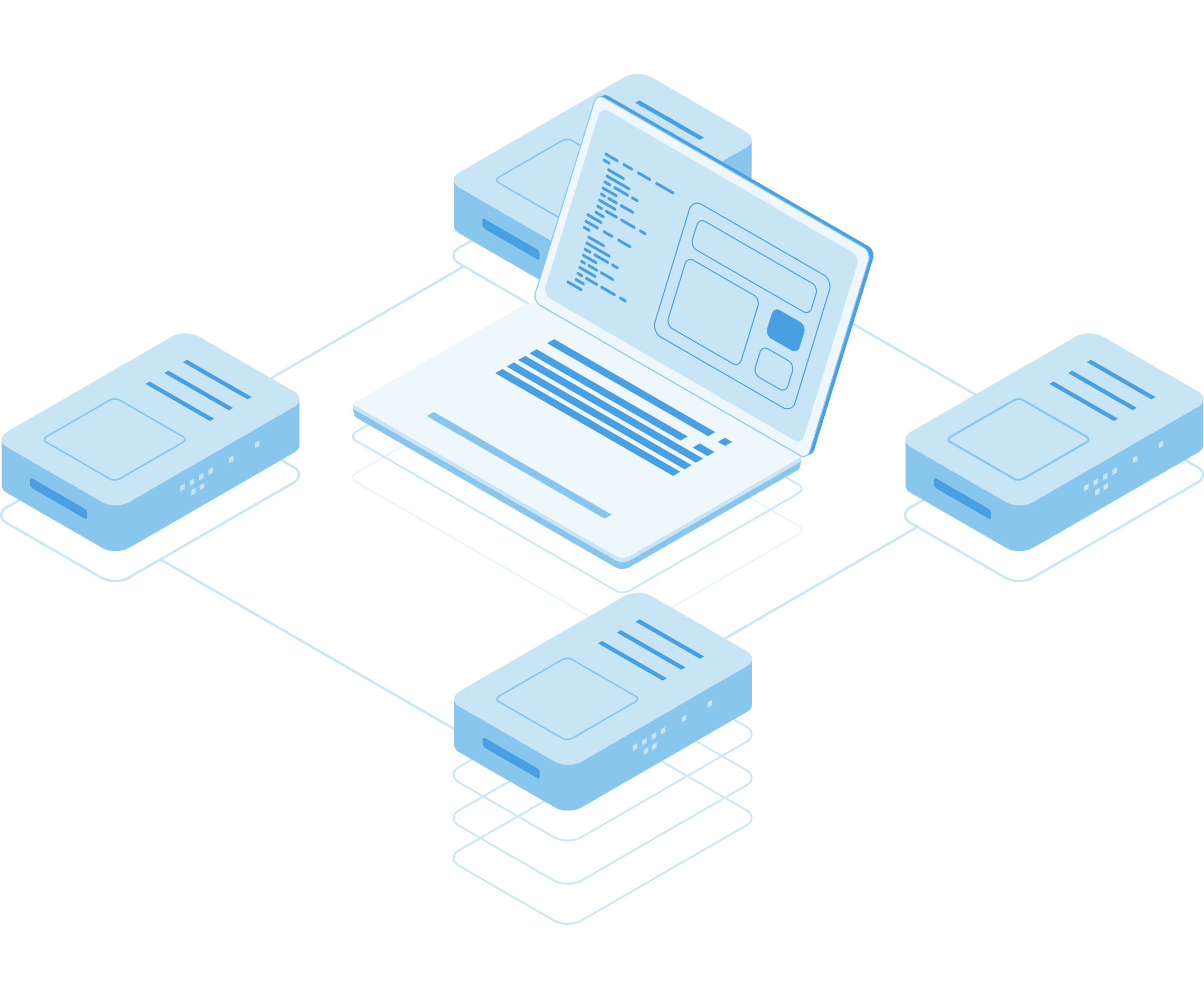
Virtualization
(Linux KVM)
We build a private cloud on Linux so your applications run in isolated virtual machines with full control and room to grow. You can scale resources in minutes, move workloads between hosts with near-zero interruption, and keep services online during maintenance.
This approach reduces licensing overhead, simplifies operations, and gives you a reliable base for web apps, internal systems, and databases.
Key benefits
High availability
Clustered hosts and planned maintenance without taking services down.
Lower costs
No heavy hypervisor licensing; pay only for hardware and support.
Fast scaling
Add CPU/RAM/SSD to a VM or the whole cluster as your load grows.
Secure by default
Role-based access, multi-factor sign-in, and audit trails.
Safe changes
Snapshots let you upgrade and roll back if something goes wrong.
Smooth migration
Move from legacy servers or other platforms with minimal downtime.
What you get
Start with a free 30-min consultation and a basic audit
Read Most
Frequent Questions
Yes. We run both Linux and Windows VMs on a Linux-based hypervisor.
Cutover is staged; typical interruption is minutes or less, scheduled in your maintenance window.
In data centers in the EU or Ukraine—your choice, with EU residency options for compliance.
Encrypted transport, snapshots, backups, and access controls with activity logs.
Absolutely—begin with 2–3 hosts and expand without re-architecting.
Workloads can restart on healthy hosts; we document and test the recovery steps.